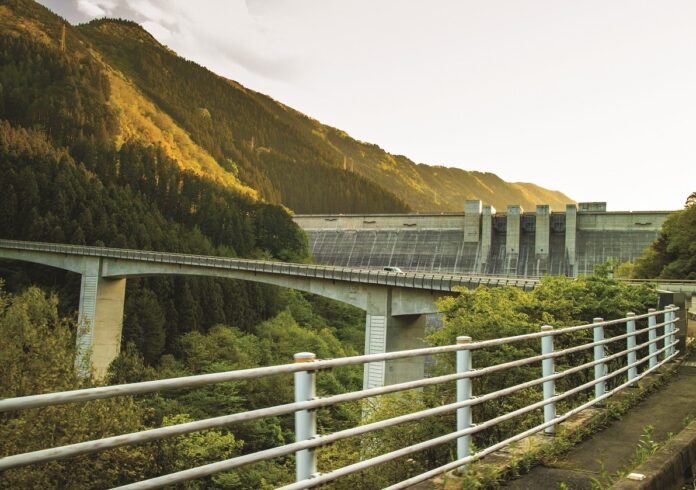An analysis carried out by the United Nations University has highlighted concerns around the ageing of the many thousands of large dams around the world, with the prospect of added pressure from climate change and that, by 2050, most of the global population of around 10 billion will be downstream of reservoirs contained by dams mainly built in the 20th century.
In the report ‘Ageing Water Storage Infrastructure: An Emerging Global Risk’, published by the UN University Institute for Water, Environment and Health, the authors note that there are around 16,000 large dams in North America and Asia that are 50 to 100 years old, with another 2300 that are more than 100 years old. They state that the design life of dams constructed between 1930 and 1970, when most existing large dams were built, is 50 to 100 years, adding that the problem “is most prominent in the USA”, where 80% of all dams were already more than 50 years old as of 2020.
“Ageing water storage infrastructure slowly grows into a significant global development issue. Thousands of large dams built in the middle of the previous century have already or will soon exceed the age of 50 years – a lower bound of dam design lifespans – and many are approaching 100 years,” the report states.
It continues: “They will incur more significant maintenance costs while simultaneously declining in effective functionality and posing threats to the environment and human safety. To effectively deal with this emerging problem, it will be important to develop frameworks to understand decommissioning processes and outcomes. This depends on accurate data, understanding of the factors and impacts of dam ageing in the local context, and establishing relevant policies sooner rather than later.”
In the report, the authors explore the issues around the anticipated rise in the decommissioning of dams. The authors note that decommissioning is a relatively recent phenomenon. “Whether a dam is to be removed, partially or entirely, decommissioning is much less costly than repairing or rebuilding,” they state. They add that dam decommissioning should be seen as equally important as dam building in the overall planning process on water storage infrastructure developments. They conclude: “Ultimately, value judgements will determine the fate of many of these large water storage structures. It is not an easy process, and thus distilling lessons from and sharing dam decommissioning experiences should be a common global goal.”








